
Many travelers claim that the spirit of Bali has the power to seep into your unconscious mind and radically change your thoughts, beliefs, and actions. If you are capable of finding a sense of awe in watching colored puffs of incense rise from small flower offerings and centuries-old Balinese temples scattered throughout stunning natural settings, […]
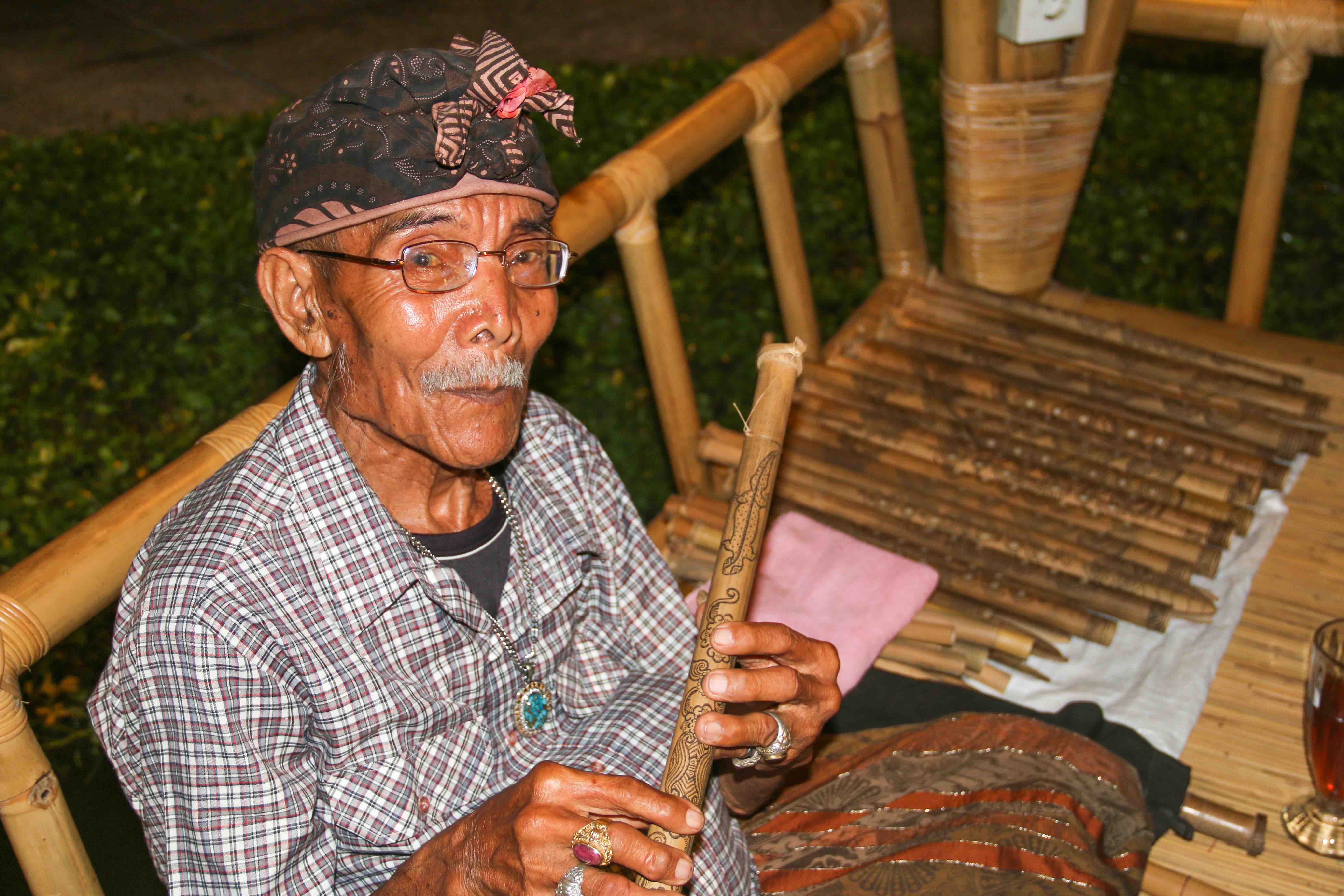
I first discovered NOVICA a few months ago while researching for an article I wrote for CNN. A partnership with National Geographic, NOVICA is a online shopping portal that connects buyers with artists all around the world. The basic philosophy is that you don’t need to purchase fake souvenir items and haul them back in your […]
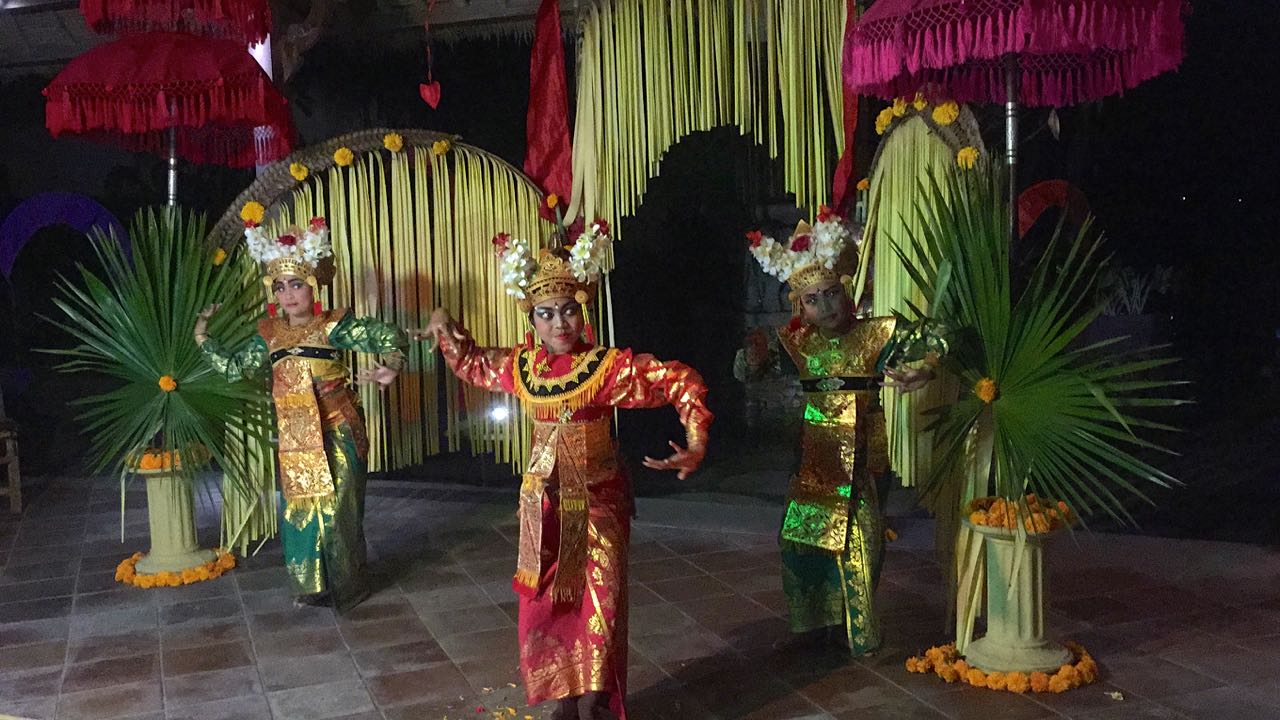
Do you know the difference between ecotourism, sustainable travel, responsible travel, and volunteer vacationing? While there is a lot of overlap with each of these terms, they all have one common theme – that is to improve lives through travel and tourism. On a recent Yoga Retreat in Bali, Indonesia through international nonprofit, Go Eat Give, I […]

Sadly, most children we sponsor do not even have a comfortable bed to sleep in – but that has already started to change thanks to new donations for mattresses. One of the things that is shockingly apparent when we visit families of sponsored children is their poor sleeping conditions. We’ve teamed up with Go Eat Give to […]

Bali: exploring Hinduism outside India while also enjoying pristine beaches, dive sites, all-inclusive resorts, and year-round temperate weather. As seen in Khabar Magazine January 2014 print issue. Words & photography by Sucheta Rawal. I arrived on the island of Bali, Indonesia, during an auspicious time. Palm trees adorned homes and businesses, colorful offerings for deities sat on doorsteps, and locals, […]

Celebrating Asian Heritage Month at The Coca Cola Company with our first major event – with Sucheta Rawal founder of nonprofit organization Go Eat Give Recipes from today: Gado Gado – Gado-Gado is famous green beans dish from the island of Bali, Indonesia. Aloo Papri Chat – Potatoes and Dough Chips mixed with Tamarind and Yogurt sauce. […]

Tempeh is a soy based product, similar to tofu, that originated in Indonesia. Traditionally used as an alternate to meat by vegetarians, tempeh has a firm grainy taste that takes some getting use to. It is made from whole soybeans and has different nutritional and textural characteristics from tofu. Tempeh is a rich source of protein, […]
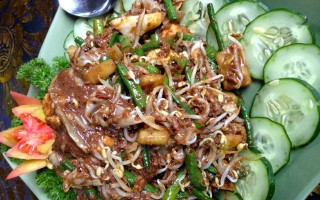
As seen at the Travel and Adventure Show in Dallas! Gado-Gado is famous green beans dish from the island of Bali, Indonesia. Go Eat Give volunteers learn to make this dish from Aunty Puspa at Paon Bali Cooking School. Generally Gado-Gado is served as a side dish along with other entrees. It is spicy and flavorful. […]

The Indonesia style of Chicken Satay is slightly different than the Thai ones, that most are familiar with. Only minced chicken is used for the recipe and the seasoned mix is draped over bamboo sticks. The meat barely covers the bamboo, making it look almost like a lollipop chicken. Sate Lilit Ayam or Chicken Satay […]
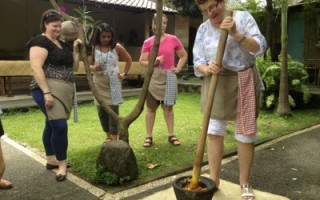
Base Gede Bumbu Kuning also known as Basic Yellow Sauce is a key ingredient in many Indonesian recipes. It is really easy to make! Simply blend in all the ingredients in a commercial or Balinese blender (as shown below) till ground into a paste. You then want to sauté the spices to release aromas. This basic […]

Continued from Farm to Table in Bali… Next stop on the Paon Bali Cooking Class tour are the rice paddies where Wayan tell the students about agriculture in Bali. He stops at a site where Julia Roberts was filmed biking in the movie, Eat Pray Love. With a backdrop of mountains (many of which are volcanoes), […]
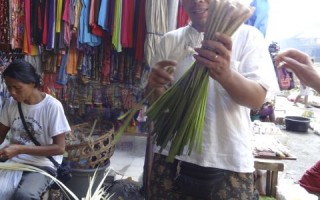
One of the best ways to learn about the authentic cuisine of a country is by taking a cooking class with a native. At Paon Bali in Bali, Indonesia, they offer one-day classes that are fun and educational.

One of the most commonly found dishes in Bali is Gado Gado. Also known as Kacang Me Santok, the dish is a healthy sauté of assorted vegetables with peanut sauce. Aunty Puspa who runs Paon Bali Cooking Classes on the island of Bali, showed us step-by-step how to cook this authentic recipe. She even made […]
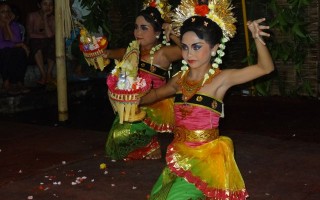
Go Eat Give volunteers in Bali were invited to a family temple in Sukawati village for a ceremony and festivities. This temple celebrates its anniversary every six months, when all the village residents get together to pray and the little ones put up a performance of music and dance. Only the family members that are […]

I encourage you to travel, to learn about different cultures, their real customs and traditions. But I also want you to be polite, sensitive and respectful. While doing my research for an upcoming visit to Indonesia, I came across the Frommer’s “Favorite Experience in Indonesia” below.
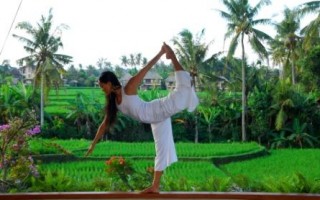
Bali is revered for its lush tropical magnificence, its harmony-inspired customs, culture and arts and its breathtaking natural scenery. The book and movie, Eat Pray Love hasn’t done any harm to the island’s status as a romantic tourist attraction, but not all individuals want to write a book in isolation and wait for someone or […]